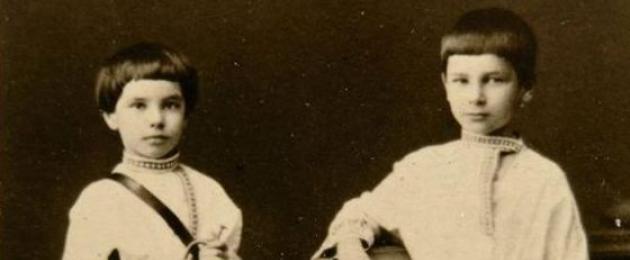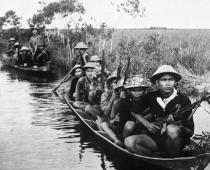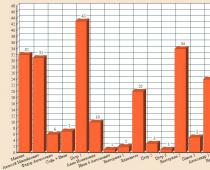Among the personal traits of his character, contemporaries noted decisiveness, steadfastness in the performance of duty and fearlessness. Despite the lack of support from both the monarchist elite and among the revolutionaries, as well as eleven attempts on his life, he did not give up his ideas and beliefs.
A number of popular expressions of that time included many of his inspired phrases, for example - "They need great upheavals, we need Great Russia!" However, such terrible concepts as "Stolypin reaction" (the reactionary regime in politics in 1906-1910), "Stolypin's tie" (gallows) are also associated with his name.
Childhood
The future prominent figure was born on April 14, 1862 in Dresden, where at that time his mother, Natalya Mikhailovna, the niece of Chancellor A.M., was visiting relatives. Gorchakova, great-great-granddaughter of the great commander A.V. Suvorov. Father, Arkady Dmitrievich, general and chief chamberlain of the Highest Court, also came from an eminent family. Among his ancestors were senators, generals, Suvorov's adjutant.Pyotr Arkadievich had siblings: Mikhail, 3 years older, Alexander, a year younger, Maria, a weather-sister, and Dmitry's brother from his father (from his first marriage). Among the relatives of Peter on the paternal side was the poet Mikhail Lermontov, who was his second cousin.
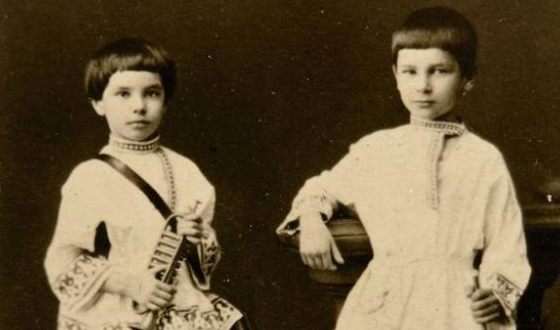
Until the age of 7, the boy and his family lived in the Moscow region, then - in an estate located near the Lithuanian city of Kovno (now Kaunas), periodically traveling to Switzerland. Until the age of 12 Petya was educated at home. In 1874, his father decided to enroll him and other children in a gymnasium, for which he bought a two-story house with a garden in Vilna (now Vilnius).
Five years later, my father received a transfer to Orel (at that time he was the commander of an army corps), where their family moved. In this city, in 1881, the young man completed his secondary education at a local gymnasium and went to St. Petersburg, where he became a student of the natural department of the university's physics and mathematics department. Dmitry Mendeleev himself rated his knowledge at the final exam with an "excellent" mark.
Career Development
In 1884, while still a student, Peter began his brilliant career in the civil service. Initially, he worked in the Ministry of Internal Affairs, after 2 years he moved to the Department of Agriculture, where in 1887 he received the post of assistant clerk of this institution, and in 1888 he became a titular adviser. 
Incredibly successful moving up the ranks, in 1889 he was transferred to the Ministry of Internal Affairs and assigned to work in Kovno as marshal of the nobility and head of the court of conciliators. That is, at the age of 27, he actually ended up in a general's position. In 1901, he was promoted to state councilor belonging to the highest nomenclature of officials.

In 1902, the head of the Ministry of Internal Affairs and the chief of the gendarme corps, Vyacheslav von Plehve, recalled him from vacation and appointed him to the post of governor of Grodno. At the initiative of the new leader, significant events were carried out for the province - the organization of separate peasant estates - farms, the introduction of improved tools and advanced technologies for growing agricultural crops using fertilizers. A craft, a Jewish and a women's school were opened in the city, but, as part of a tough policy against revolutionary movements, the Polish Club was closed, where insurgent trends were noticed.

A year later, he received under his command another province, Saratov, one of the most problematic in terms of peasant movements. Thanks to energetic measures and fearlessness, he was able to decisively suppress the unrest that reigned in a short time, twice receiving the personal gratitude of Nicholas II.
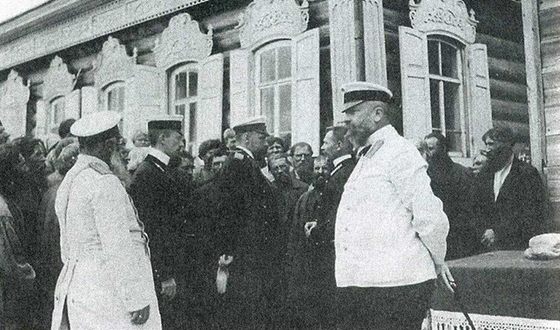
Under Stolypin, many important areas of life were improved in Saratov - hospitals, a doss house, water supply, educational institutions were built, streets were asphalted and lit. There he was caught by the Russo-Japanese War and the 1905 riots. The emperor considered the actions of the governor outstanding and appointed him in 1906 to the post of Minister of the Interior.
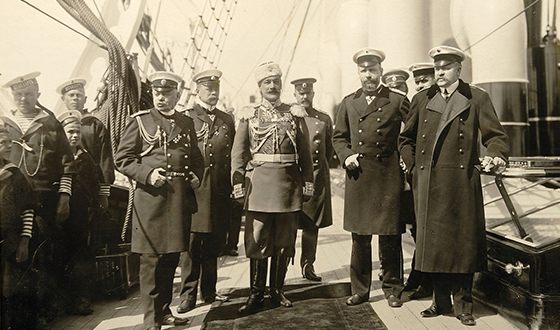
The previous heads of the Ministry of Internal Affairs - Dmitry Sipyagin and Vyacheslav von Plehve - were killed by the revolutionaries. By that time, Stolypin himself had already been assassinated four times. The range of duties of the minister of this department was very large, so Pyotr Arkadyevich was not enthusiastic about the new appointment, but was forced to accept it.
In the same period, after the dissolution of the 1st State Duma, in addition to his post, he headed the government. In his new post, he again showed his respectable qualities - personal courage, excellent oratorical skills, fearlessness. To combat revolutionary violence, a law on courts-martial was established (as a result, the gallows began to be called the "Stolypin tie" by the people).

In 1907, the 2nd Duma was dissolved, the positions of the right-wing forces were strengthened, and the reforms initiated by the prime minister began to be actively implemented, in particular, the famous agrarian reform (later known as the “Stolypin reform”). Its main idea was the introduction of private land ownership for peasants.
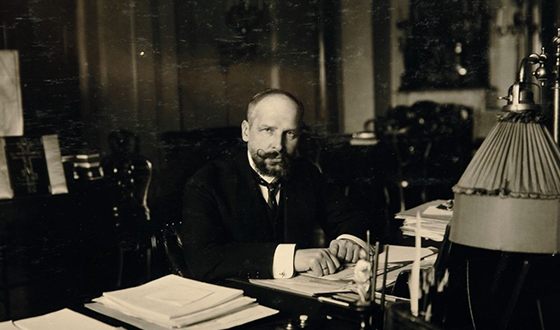
At the suggestion of an active leader, a number of progressive draft laws were proposed, including acts on social insurance, on the rights of Jews, on the modernization of the Naval General Staff, and on universal primary education. However, Stolypin failed to save the empire from collapse.
Stolypin family: wife and children
The future reformer got married at the age of 22, being a student. His chosen one, maid of honor Olga Neidgardt with a very worthy dowry (about 5,000 acres in the Kazan province), at that time was 25 years old. Prior to that, she was the bride of his brother Mikhail, who was killed in a duel by Prince Ivan Shakhovsky in 1882. According to one version, the young people were brought together by a common misfortune, according to another, before his death, his brother joined their hands, expressing his last wish that they be together. The murder of Stolypin (Artist Diana Nesypova)In August, together with members of the imperial family, he arrived in Kyiv on the occasion of the opening of a monument to Alexander II there. On September 1, in the building of the City Opera House, in front of Nicholas II and his daughters, he was wounded by the son of a large landlord, Dmitry Bogrov, an agent of Jewish origin who worked for both the Socialist-Revolutionaries and the police. During the intermission, Dmitry approached the First Minister and fired at point-blank range with a Browning gun.
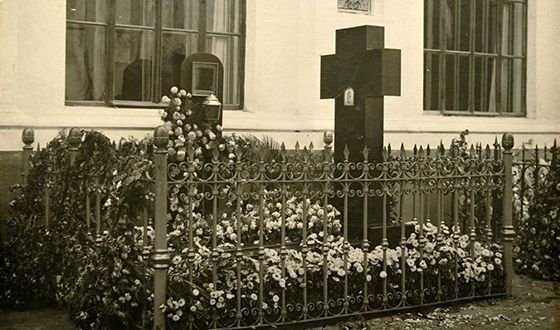
Despite the efforts of Kiev doctors, Stolypin passed away on September 5. On the 9th of the same month, he was buried in the Kiev-Pechersk Lavra, as he bequeathed to be buried where death would overtake him.

In 2012, a bronze sculpture of a prominent reformer was installed in the capital of the Russian Federation in connection with the 150th anniversary of his birth.
- In contact with 0
- Google+ 0
- OK 0
- Facebook 0

